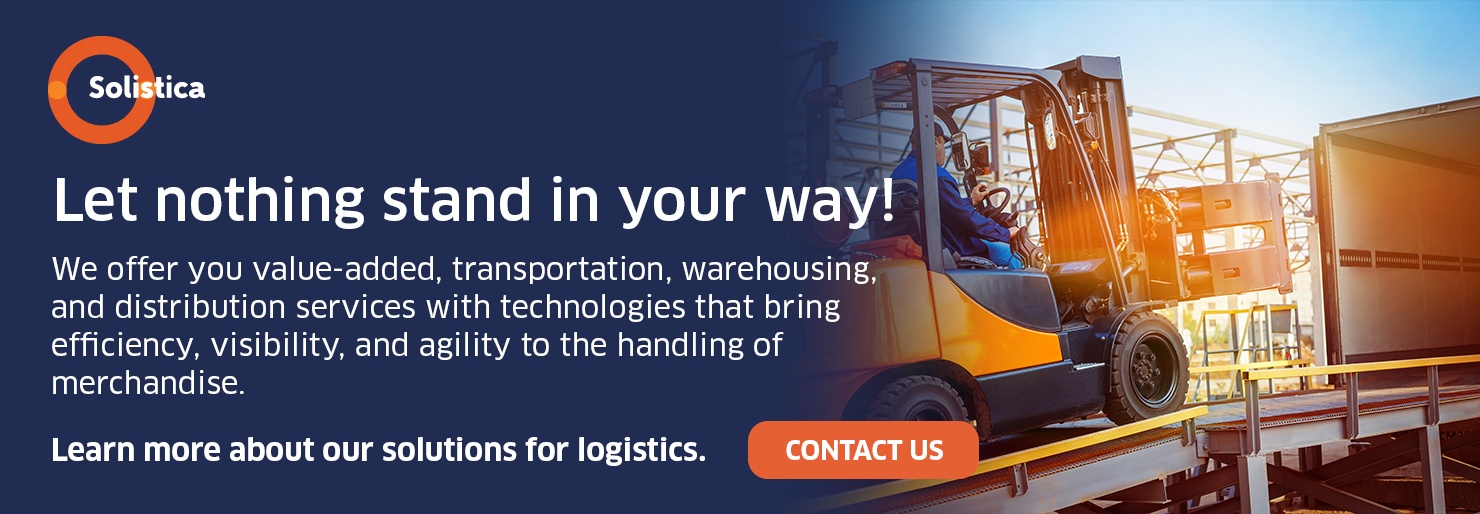Logistics is almost custom-made art. Integrating information, transportation, inventories, warehousing, materials, packaging, and even the safety of a supply chain is a job of a complexity not seen in any other industry.
When it comes to the textile industry, the road for logistics is long. There are many stages between raw materials and finished products, and some more to get the goods to clients in the required terms.
Types of logistics for textiles
- Inbound logistics: focuses on purchases made for manufacturing plants and assembly lines.
- External logistics: relates to the warehousing of products intended for final users with information flow.
One of the main logistics functions is to manage inventories which, in turn, includes choosing the means of transportation, freight, and routes; scheduling vehicles; choosing equipment; processing orders; performing assessment; and auditing. In addition, there are other logistics activities that we may group as follows:
- Warehousing: Determining the necessary space, designing equipment and docks, setting up the warehouse, and placing the stock.
- Managing materials: choosing equipment, equipment replacement policies, picking procedures, stocking the warehouse, choosing suppliers, setting delivery terms, and delivery lots.
- Packaging: designing focused on product handling, on warehousing, on damage and malfunction protection, specifying the added amounts, sequences, and production times.
- Keeping information: gathering, stocking, manipulating, analyzing data, and setting control procedures.
Special needs
Textile companies need to adjust their supply chains to react as fast as fashion collections change. Therefore, a Just in Time (JiT) system is of great value for companies to respond quickly and with the best price and quality every time.
JiT’s basic idea is to lower waste, stocked products, goods under inspection, defective merchandise, everything that does not produce any added value, delays, and down times.
How can you know if the logistics of a textile company is working well?
There are two types of performance indicators: qualitative and quantitative. These indicators measure the ability to respond, time, customer service, supplier performance, flexibility, and cost.
There are three types of measurements: product, resources, and flexibility. The framework to measure the performance level of a supply chain may be strategic, tactical, or operational.
The textile industry in Mexico
Mexico’s textile sector broke the exports record in 2018 when it surpassed US$57 million; growing 26% in a year, which made it the fifth major supplier globally and the third generator of GDP for the country.
60% of Mexico’s textile exports went to the USA; 22% to South America; and the remaining 18% went to other continents. Companies in this sector focus mainly on manufacturing synthetic fibers, apparel, shoes, bath items, and fabrics.
Planning, control, and monitoring of the flow of materials and information throughout the supply chain are necessary to accomplish this supreme effort.
%20trad%20rev%20final%20788%20palabras.jpg?width=2500&name=Solistica-Textil-Infograf+%C2%A1a%20V2%20(2)%20trad%20rev%20final%20788%20palabras.jpg)
